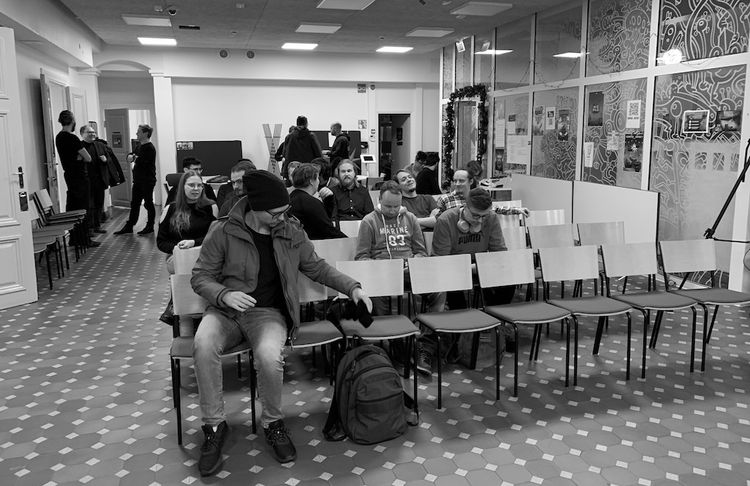Audience mismatch in gaming

Last year I wrote a piece about industry life cycles in gaming, how we moved from one dominant platform to another, where a platform would move through phases of introduction, growth, maturity, and decline. You can read that piece by going here.
Recently, I’ve been listening to the Gamecraft podcast, where Mitch Lasky and Blake Robbins, investors at Benchmark, break down the events that led to success in gaming. There are stories of some succeeding, whereas others failed to capitalize on tailwinds caused by the surge of new users to these new platforms that have just entered the growth phase.
I believe that most gaming failures come from a misunderstanding, an audience mismatch. I want to highlight the lessons I learned from my previous companies.
My first company, Ironstar Helsinki, was building a product in the early days of the so-called “virtual worlds” space. It was a crossover from products that I was observing in the market.
Our game, MoiPal, was a ”Sims meets Habbo Hotel,” although actually, it was more like a Tamagotchi meets the Sims. We launched it in 2006 and tried to grow the player base for four years, with minimal results, never getting past a few thousand daily active users.
Why we failed: we wanted to gear the game towards “teens to early twenties” casual gamers. We assumed the Sims needed an online version, which EA had yet to build.
The theme and the style skewed it towards pre-teens. You’d look at it, and it looked like Habbo Hotel or Club Penguin. The failure was not to build for the audience that showed up and stayed. Even when we knew it was a young audience playing the game, socializing in the in-game chats and forums, we didn’t change our assumptions about who we wanted to target and their player needs.
Lesson from failure: not reading the signals of who is retained, staying, and playing. We kept making the game for a mature audience who didn’t want our game. In the midst of it all, I didn’t look at what people wanted to do in online games in the mid-2000s. Maple Story was a massive hit in Korea, but I didn’t try it out and didn’t try to learn from games that felt uncomfortable to pick up.
Familiarity bias is the preference to stay within our comfort zone and overvalue the choice that we already know.
— Familiarity bias
Then Next Games and The Walking Dead: No Man’s Land, launched in 2015. That’s probably the best game I have ever worked on—such a beautiful product with all the visual quality you could ever want. We had the likeness of the TV show cast; people were downloading the game like hotcakes.
But, my failure was in realizing that such gameplay where you’d play chess against zombies would only go so far. As we were launching NML, a friend of mine from the US, a very knowledgeable game developer, told me that our gameplay would be challenging to scale profitably. He had tried it in his previous startup and said,” Don’t do this turn-based swipe-to-move thing. It’s too demanding for the players to enjoy, day in and day out. Just make a squad battler JRPG, and that will crush it.”
At the same time, another Walking Dead game, based on the comic book license was launched. And they did a squad based game with gameplay which was much better for mobile and was easier to scale to hundreds of collectible characters.
NML did great, but I failed to observe what worked on mobile at scale when you wanted a substantial audience that retains and spends a long time. I didn’t spend enough time knowing the audience we wanted and what was not working for them. That kind of work could have led to insights and to even greater success with NML.
Final words
As I was editing this piece, I remembered something I wrote last year on Twitter related to understanding your gamer.
Here’s what I wrote:
The essential game metric is Retention Day-90. Why?
1: When a game launches, many developers observe Day-90 retention as a low number which they plan to improve after they increase Day-3 and Day-7 and dismiss it for the time being. This is a mistake.
2: Your core audience is playing your rough, early game with little content, still at day 90. You shouldn’t dismiss those people. You should study them under a microscope and make the game for them.
3: Create an incentive (Amazon gift card, etc.) and collect emails from day 90. Talk to them, and get to know why they love the game and what motivates them. They can’t answer all the questions, so ask what else they play and what kind of people they are.
4: Build your player persona based on what kind of people stick around at Day-90. Build the game for them, and you will be successful.5: You might say, “oh, it’s a small niche audience.” That’s the point, don’t compete with everyone else who loves to go broad. Go niche and win.





